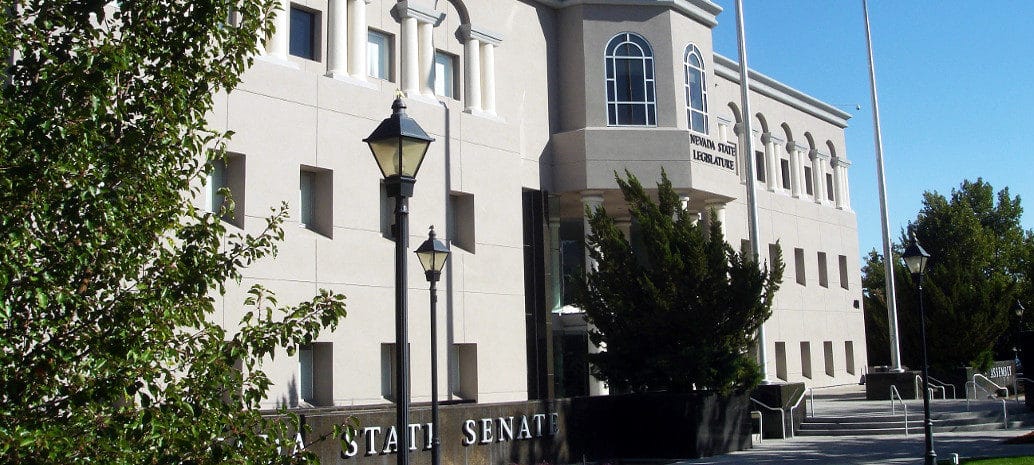A year and a half after swiftly and arbitrarily dismantling its net metering policy, Nevada is moving in a very different direction regarding renewable energy. On Sunday the Nevada Senate approved AB 405, which will revive net metering in the state, and on late Monday the Nevada Assembly concurred the Senate’s amendments to AB 206, which will set a requirement that the state’s two large utilities procure 40% of their electricity from renewable energy sources by 2030.
This is an increase on Nevada’s current requirement of 25% renewable energy by 2025. The bill now goes to the desk of Nevada Governor Brian Sandoval (R) for approval.
Meanwhile AB 405 is still awaiting Assembly approval of a Senate amendment which would require a study into any additional costs that net metered systems could impose on other utility customers.
That Sandoval will shortly receive both of these bills is a turn of fortune. The governor’s appointees on the Public Utilities Commission (PUC) had dismantled the RPS, and Sandoval subsequently fired the chair of the PUC amid widespread criticism.
AB 206 would give Nevada the 8th-most ambitious renewable portfolio standard (RPS) of any U.S. state, but the version that has been approved by both houses is a significant decline from the original version, which called for 80% renewable energy by 2040.
However, it contains some notable details. In addition to an interim target of 32% by 2024, AB 206 also identifies energy storage as a qualified technology to meet 10% of the mandate by 2030, and values energy storage at twice the rate of most renewable energy resources.
Advanced Energy Economy, its state partner Clean Energy Project and National Resources Defense Council have all called on Governor Sandoval to sign AB 206. “By passing AB206, lawmakers are sending a message to businesses across the state and the nation that Nevada is open for business,” stated AEE VP of State Policy J.R. Tolbert. “This allows Nevada to diversify its energy mix and reap the economic gains that come from embracing innovative energy technologies.”
NRDC notes that the bill will take advantage of record low prices for solar, referencing a power purchase agreement for under 3 cents per kilowatt-hour recently signed in Arizona. “The smartest people in the utility sector now refer to “base-cost” renewables: solar and wind power are so cheap that they should be placed at the heart of the electricity grid, the same way “baseload” power plants once were,” writes NRDC Energy Program Senior Scientist Dylan Sullivan in a blog post.
But while there are few economic concerns, there are political concerns. NRDC notes that only three Republicans supported AB 206 in the Nevada Assembly, and that it passed the Senate on a party-line vote. As such, it may take significant pressure to get Governor Sandoval, a Republican, to sign the bill.
This content is protected by copyright and may not be reused. If you want to cooperate with us and would like to reuse some of our content, please contact: editors@pv-magazine.com.









By submitting this form you agree to pv magazine using your data for the purposes of publishing your comment.
Your personal data will only be disclosed or otherwise transmitted to third parties for the purposes of spam filtering or if this is necessary for technical maintenance of the website. Any other transfer to third parties will not take place unless this is justified on the basis of applicable data protection regulations or if pv magazine is legally obliged to do so.
You may revoke this consent at any time with effect for the future, in which case your personal data will be deleted immediately. Otherwise, your data will be deleted if pv magazine has processed your request or the purpose of data storage is fulfilled.
Further information on data privacy can be found in our Data Protection Policy.